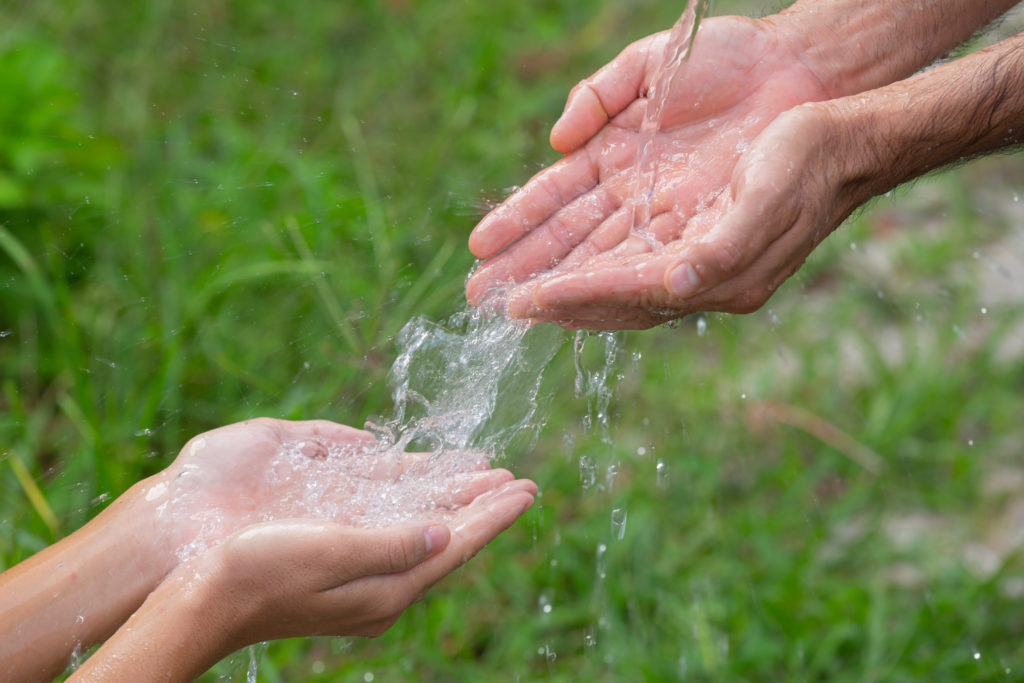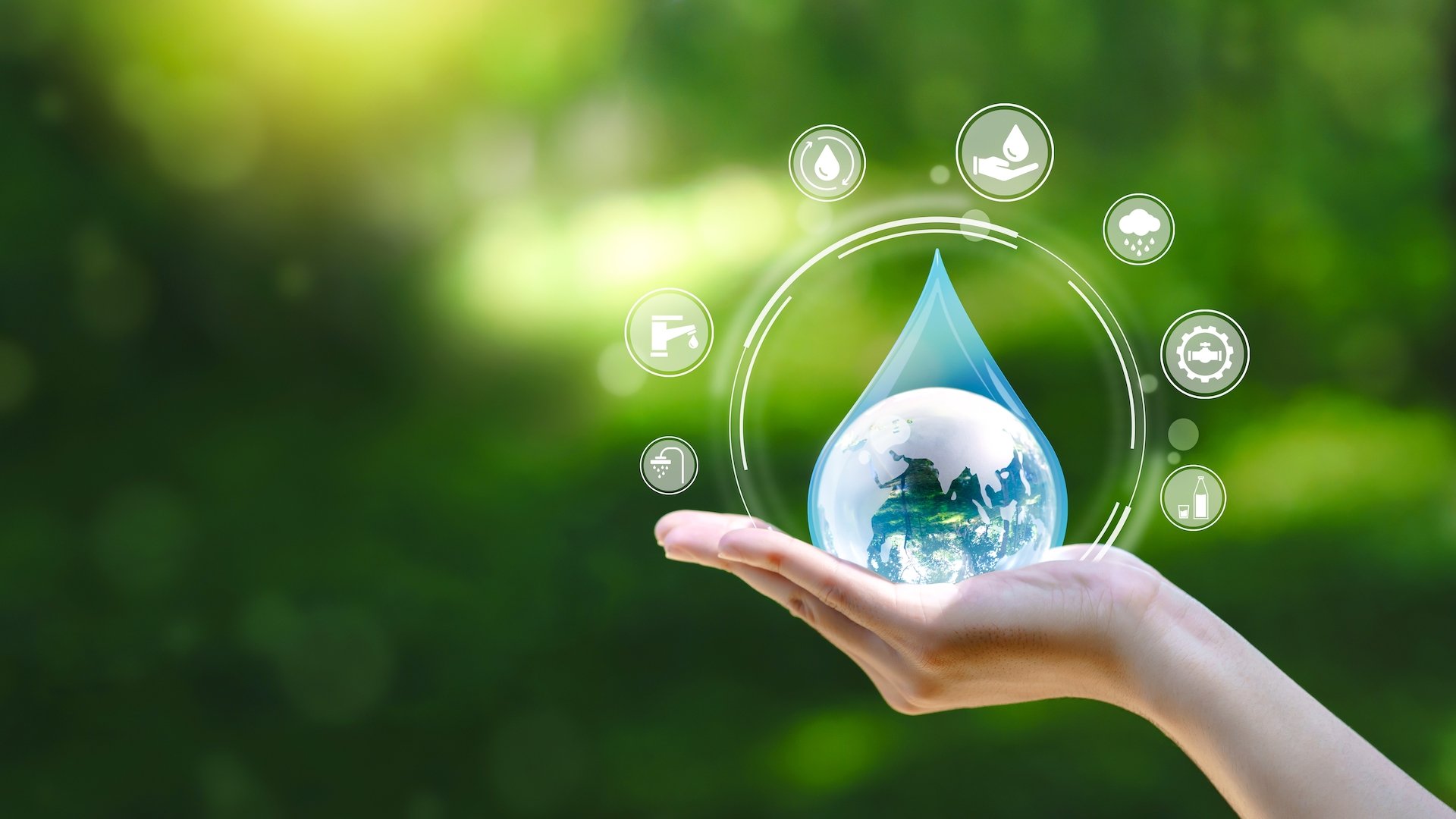Contact Us On: +353 85 239 5025
Water—often taken for granted—is the foundation of life. Whether it’s the water we drink, use for cooking, clean with, or grow our food with, every drop plays a critical role. And as climate change, population growth, and pollution stretch water resources to their limits, the concept of a water program has emerged as a game-changer. But what exactly is a water program, and why should you care?
Let’s dive in and explore how a well-structured water program can make a huge difference for communities, the environment, and future generations.
What is a Water Program?
At its core, a water program is a strategic plan or initiative designed to manage water resources effectively. It can be local, national, or even global in scope. These programs are aimed at conserving water, improving access to clean drinking water, promoting water recycling, and ensuring sustainable water usage.
Some water programs are government-run, while others are led by non-profits, communities, or private organizations. Regardless of who’s in charge, their goals remain the same: protect water, use it wisely, and make sure everyone has access to it.
Why Food Programs Matter More Than Ever
Food programs aren’t just about pipes and policies. They’re about people. Let’s break down why these initiatives are so important:
- Climate Change & Scarcity: As temperatures rise, droughts become more frequent and water becomes scarce in many regions. A water program helps adapt to these challenges.
- Pollution Control: From plastic waste to toxic chemicals, our water bodies are under threat. Programs often include clean-up projects and pollution prevention strategies.
- Public Health: Contaminated water can lead to deadly diseases. Programs ensure that water meets safety standards and is safe to consume.
- Agricultural Needs: Farmers rely heavily on water. A water program promotes smart irrigation techniques that save water and increase crop yield.
Key Components of an Effective Water Program
So, what makes a water program truly effective? While each program may differ based on location and needs, the following components are usually part of the structure:
1. Water Conservation Education
People often waste water without even realizing it. A successful program includes awareness campaigns to teach individuals and businesses how to reduce water usage.
2. Infrastructure Improvement
Leaky pipes, outdated systems, and inefficient wastewater treatment facilities waste tons of water. Programs often involve updating or replacing these systems.
3. Access to Clean Drinking Water
One of the primary goals is to make sure that every household, especially in rural or underdeveloped areas, has access to safe drinking water.
4. Water Recycling and Reuse
Instead of letting greywater go to waste, many programs focus on treating and reusing it for non-drinking purposes like gardening, cleaning, or even industrial use.
5. Data Collection & Monitoring
Modern programs use sensors and data analytics to monitor water levels, detect leaks, and understand consumption patterns. This helps in making informed decisions.
Successful Water Programs Around the World
Let’s look at a few real-life examples that show how impactful a water program can be:
- Singapore’s "Four National Taps": Singapore is water-scarce, but thanks to a holistic program that includes imported water, rainwater collection, desalination, and NEWater (recycled water), it’s thriving.
- India’s Jal Shakti Abhiyan: This program focuses on rainwater harvesting and groundwater recharge to combat severe water shortages in rural areas.
- Cape Town’s Day Zero Prevention Plan: Faced with a historic drought, the city introduced drastic measures, including public education, usage caps, and water pressure control to prevent running out of water.
These success stories prove that strategic planning, public involvement, and the right technology can turn a water crisis into a story of resilience.
How You Can Support or Start a Water Program
You don’t have to be a government official or a scientist to contribute. Here’s how you can get involved:
- Educate Yourself and Others: Knowledge is power. The more people understand the issue, the more likely they are to act.
- Volunteer: Many non-profits and local agencies are always looking for volunteers to help with clean-up drives, awareness campaigns, or data collection.
- Conserve at Home: Simple changes—like turning off the tap while brushing or fixing leaks—make a big impact when done collectively.
- Support Water-Friendly Policies: Vote for leaders and policies that prioritize sustainable water management.
- Donate: Financial support to credible organizations can fund life-saving water initiatives in crisis-hit areas.
The Future of Water Programs
As the global population grows and environmental pressures increase, water programs will only become more essential. Innovations like smart meters, AI-based leak detection, and solar-powered water purifiers will revolutionize how we manage this precious resource.
The key is collaboration. Governments, tech companies, non-profits, and individuals all have a role to play. The future of water security lies not just in better technology, but in better teamwork.
Conclusion
A Sheba Aid water projects isn’t just a policy document or a community project—it’s a lifeline. From ensuring your glass of water is safe to drink to protecting rivers for the next generation, these programs are quietly doing the hard work of saving the world, one drop at a time.
Whether you’re an urban dweller, a farmer, or a student, water impacts your life in more ways than you realize. And the time to act is now. Let’s support water programs, spread awareness, and become part of the solution.






Comments